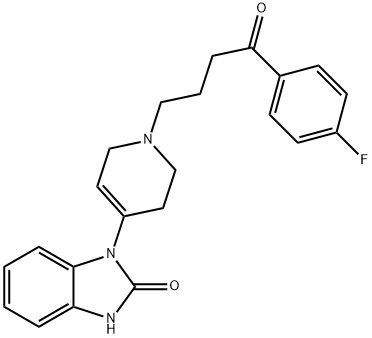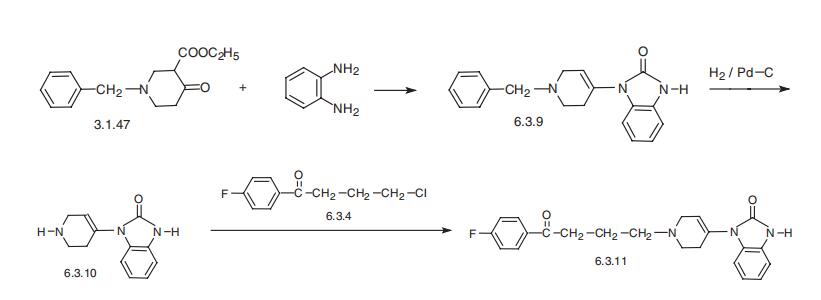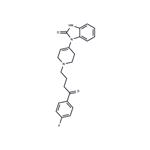
DROPERIDOL
- Product NameDROPERIDOL
- CAS548-73-2
- MFC22H22FN3O2
- MW379.43
- EINECS208-957-8
- MOL File548-73-2.mol
Chemical Properties
| Melting point | 148-149°C |
| Density | 1.2154 (estimate) |
| storage temp. | 2-8°C |
| solubility | Practically insoluble in water, freely soluble in dimethylformamide and in methylene chloride, sparingly soluble in ethanol (96 per cent). |
| form | Solid |
| pka | 7.64(at 25℃) |
| color | Pale Yellow to Pale Beige |
| Water Solubility | 4.1mg/L(30 ºC) |
| CAS DataBase Reference | 548-73-2(CAS DataBase Reference) |
| EPA Substance Registry System | 2H-Benzimidazol-2-one, 1-[1-[4-(4-fluorophenyl)-4-oxobutyl]-1,2,3,6-tetrahydro-4-pyridinyl]-1,3-dihydro- (548-73-2) |
Safety Information
| Hazard Codes | Xn |
| Risk Statements | 22 |
| Safety Statements | 36 |
| RIDADR | 3249 |
| WGK Germany | 3 |
| RTECS | DE2100000 |
| HazardClass | 6.1(b) |
| PackingGroup | III |
| HS Code | 2933995800 |
| Hazardous Substances Data | 548-73-2(Hazardous Substances Data) |
| Toxicity | LD50 oral in rat: 750mg/kg |



